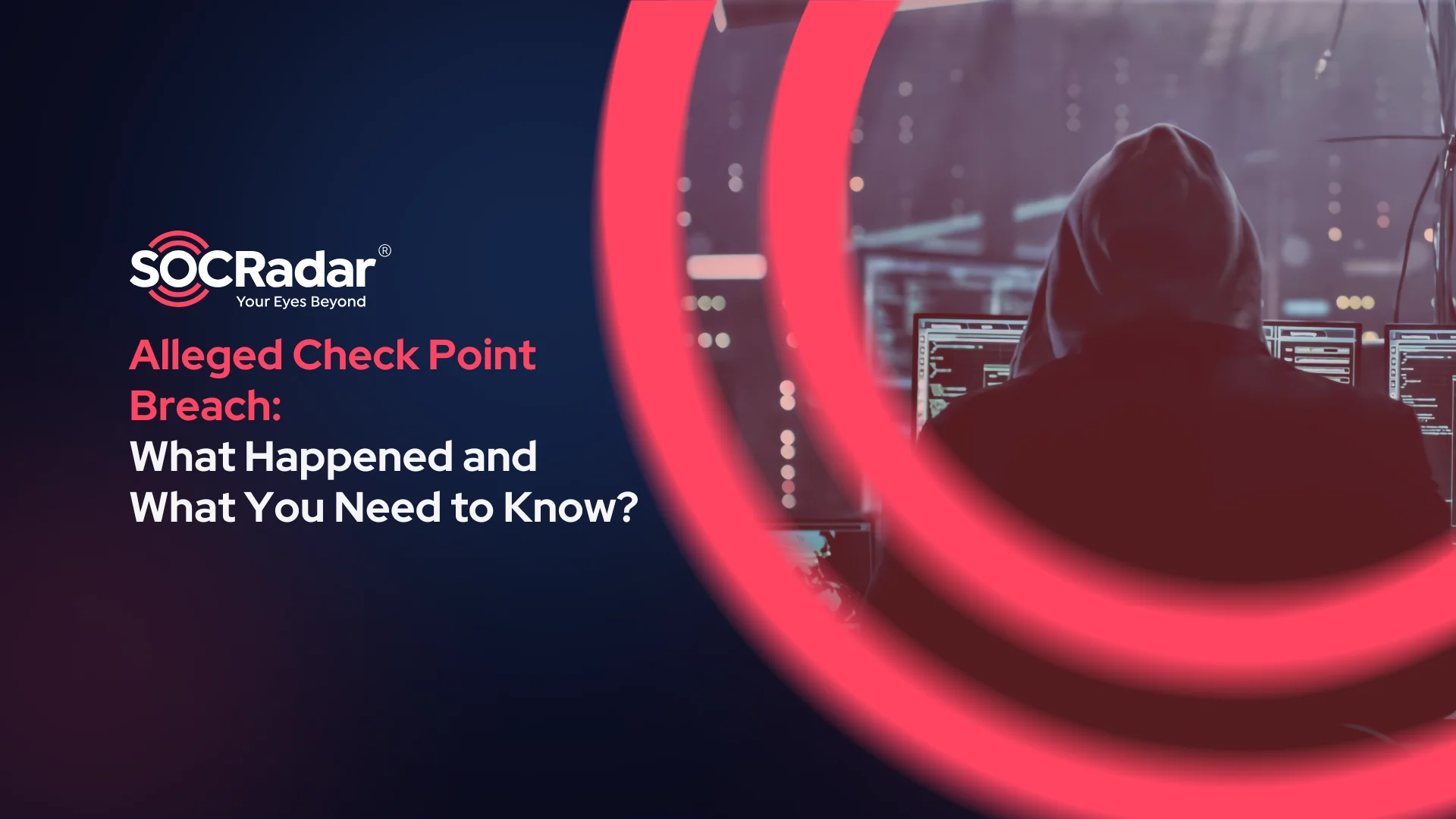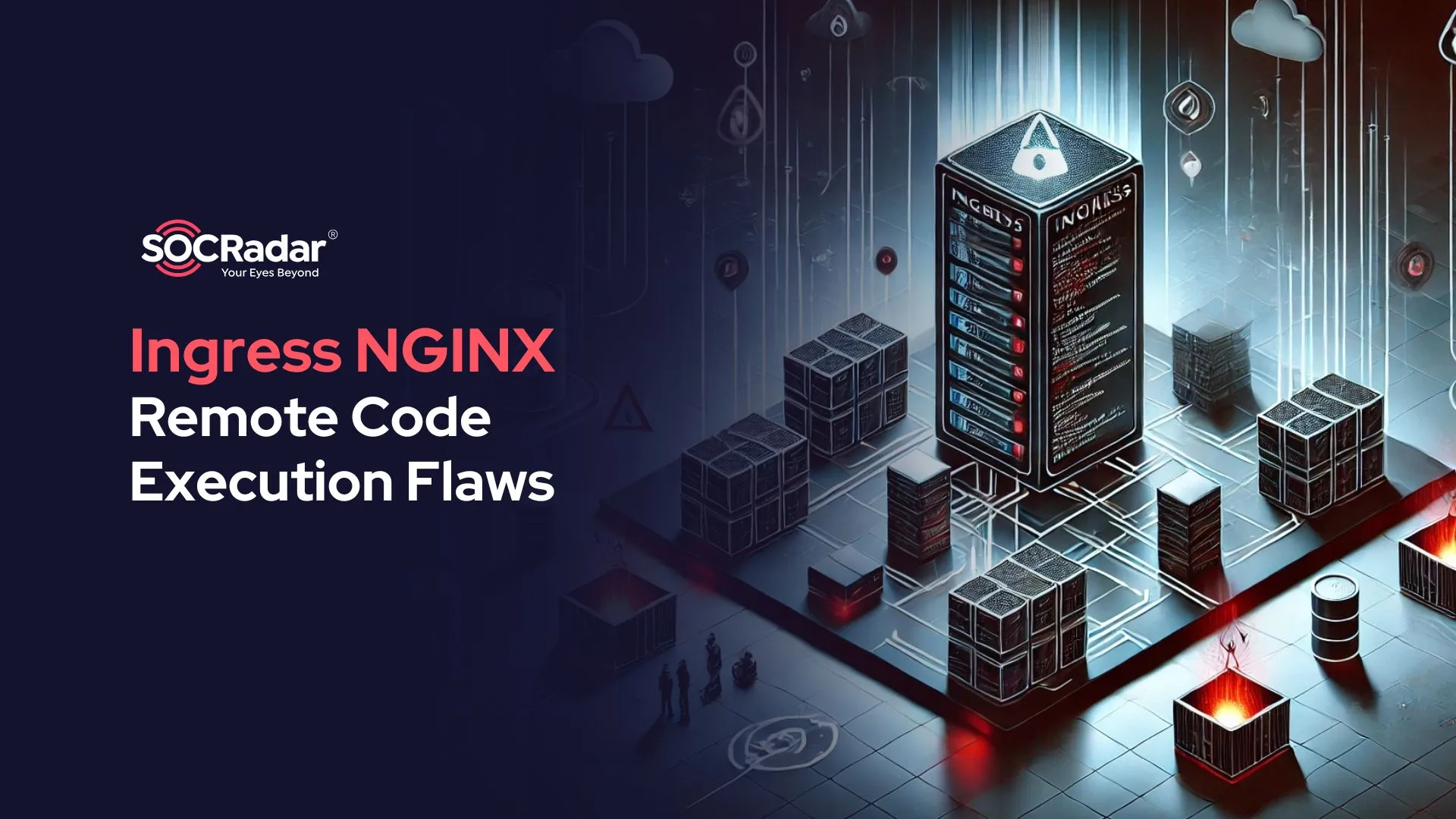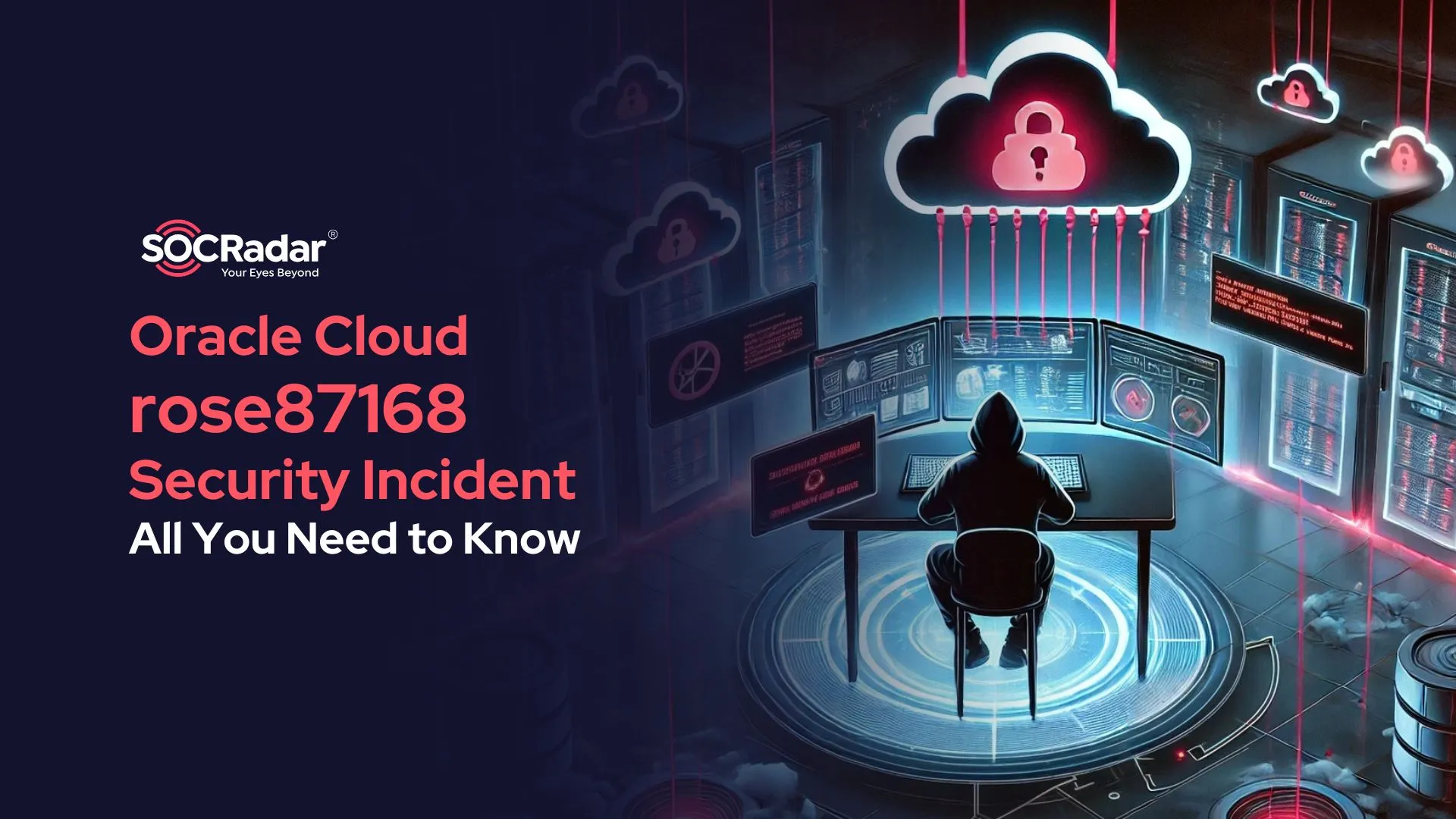
Google’s Cybersecurity Forecast 2025 (Key Insights and Trends for the Year Ahead)
As 2024 draws to a close, Google Cloud Security’s Cybersecurity Forecast 2025 offers a grounded outlook on the cybersecurity challenges and trends expected in the coming year. Rather than speculative predictions, this report bases its forecasts on recent developments and patterns already seen in the field.
With insights from over a dozen security leaders, researchers, and experts, the report outlines key focus areas that defenders must prioritize, underscoring the need for adaptability in an era of rapid technological change and evolving threats. Discussed topics include adversarial AI, geopolitical risks from “the big four” (Russia, China, North Korea, and Iran), evolving ransomware tactics, risks within cloud and Web3 environments, and the rise of infostealer malware. Each of these areas points to pressing security issues that organizations cannot afford to overlook.
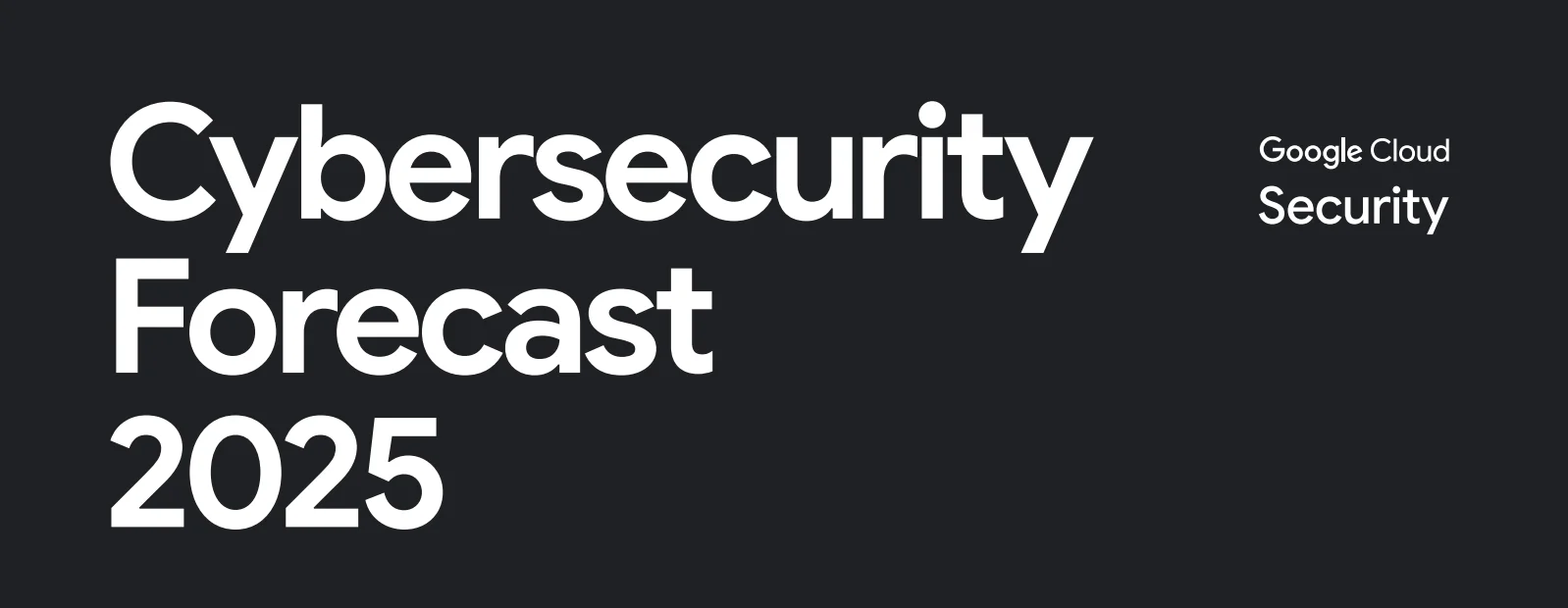
Cybersecurity Forecast 2025, report by Google Cloud Security
In this article, we provide an overview of Google’s forecast for 2025, aiming to help you stay ahead of the curve and ensure your organization is prepared for what lies ahead.
Evolving Role of AI in Cybersecurity – Challenges and Advancements
As we are soon to enter 2025, AI’s role in cybersecurity is expanding, bringing both new opportunities and challenges. Cybercriminals are increasingly using AI to improve their tactics, targeting organizations through sophisticated social engineering and leveraging deepfakes to commit identity fraud.
Key threats to look out for involve:
- Phishing and Social Engineering: Cybercriminals use AI to create more authentic-looking phishing, vishing, and SMS messages, making it harder for users to detect.
- Deepfakes for Identity Fraud: The rise in deepfake use allows attackers to bypass Know-Your-Customer (KYC) protocols for identity theft and fraud.
- AI in Vulnerability Research: Threat actors are using AI in vulnerability identification and reconnaissance to exploit weaknesses more effectively.
- Underground Demand for Unrestricted AI: Malicious actors on underground forums are increasingly seeking unconstrained AI tools for illicit purposes.
Additionally, generative AI is playing a significant role in information operations. Threat actors are using AI to create fake personas and craft realistic content for deceptive websites. As these tactics become more widespread, the report predicts that AI-powered cyber espionage and disinformation campaigns will persist, particularly in the context of events such as elections.
State actors are expected to exploit AI to generate politically charged, misleading content aimed at influencing public opinion. This trend could flood digital spaces with false narratives, complicating efforts to verify information.
For proactive defense, SOCRadar’s Digital Risk Protection module offers Brand Protection solutions, monitoring to detect brand impersonation, phishing, and AI-driven threats before they impact your business.
What’s Next?
Looking ahead, the next phase of AI in cybersecurity is poised to transform defense capabilities. AI tools are becoming integral in democratizing security processes, empowering teams to automate reporting, streamline data queries, and respond in real-time.
With workflows shifting towards semi-autonomous operations, Google’s report supports the idea that Artificial Intelligence will assist in prioritizing threats, enabling security analysts to concentrate on critical issues. As AI grows more central to both cyber defense and cyber threats, adapting to these advancements will be vital for staying resilient in 2025.
Anticipated Cyber Threat Activity from Russia, China, Iran, and North Korea
Google’s Cybersecurity Forecast 2025 envisions persistent and adaptive threats from the “big four” – Russia, China, Iran, and North Korea – with cyber activities driven by regional tensions, espionage, and revenue generation.
Russia’s Continued Cyber Focus on Ukraine and NATO
According to Google’s report, Russian cyber operations are expected to maintain dual objectives in the Ukraine conflict: disrupting military and critical infrastructure while expanding intelligence efforts against NATO allies.
The report highlights anticipated cyber espionage against European governments, NATO-affiliated organizations, and influential public figures in nations supporting Ukraine.
Additionally, Russian influence campaigns are set to promote pro-Russian narratives, particularly around major international events, in a strategic push to advance Russian geopolitical goals.
China’s Expanding Cyber Capabilities
According to the report, China’s cyber capabilities are projected to grow significantly in 2025, with state-sponsored groups ramping up efforts to influence elections in key regions, including Taiwan and the U.S.
China-sponsored groups are expected to exploit more zero-day vulnerabilities for unauthorized access, using relay networks to mask operator identities and complicate detection efforts. To further evade traditional security measures, Chinese cyber actors are developing malware tailored to embedded systems, such as routers and firewalls, creating backdoors and bypassing endpoint protections.
Additionally, the report suggests that previously undetected espionage campaigns, particularly by Chinese entities, may come to light as organizations conduct deeper forensic reviews of their networks.
Iran and Middle East Cyber Operations
The report anticipates that Iran’s cyber activities will remain heavily centered on MENA in 2025, driven by regional conflicts and political objectives. Iranian operations, expected to be influenced by ongoing dynamics like the Israel-Hamas conflict, include cyber espionage against regional adversaries and disruptive attacks aimed at undermining opposing factions.
Iran’s intelligence-gathering is likely to target governments and political entities across the region to sustain its regional influence.
North Korea’s Resource-Driven Cyber Tactics
North Korea’s cyber operations are expected to focus on revenue generation, with an emphasis on cryptocurrency theft and supply chain infiltrations. The report highlights that North Korean actors will likely continue to target supply chains using trojanized software and social engineering to gain entry to organizations across JAPAC and beyond.
Additionally, North Korea’s use of stolen identities to secure IT jobs within foreign companies is anticipated to be a continued tactic in 2025.
Enhance Supply Chain Defense with SOCRadar’s Supply Chain Intelligence
To counter risks from supply chain threats, SOCRadar’s Supply Chain Intelligence module offers essential tools to detect and mitigate vulnerabilities within third-party networks. The module provides continuous visibility into your third-party activities, helps identify possible weak points in your supply chain, and offers timely alerts on potential threats.
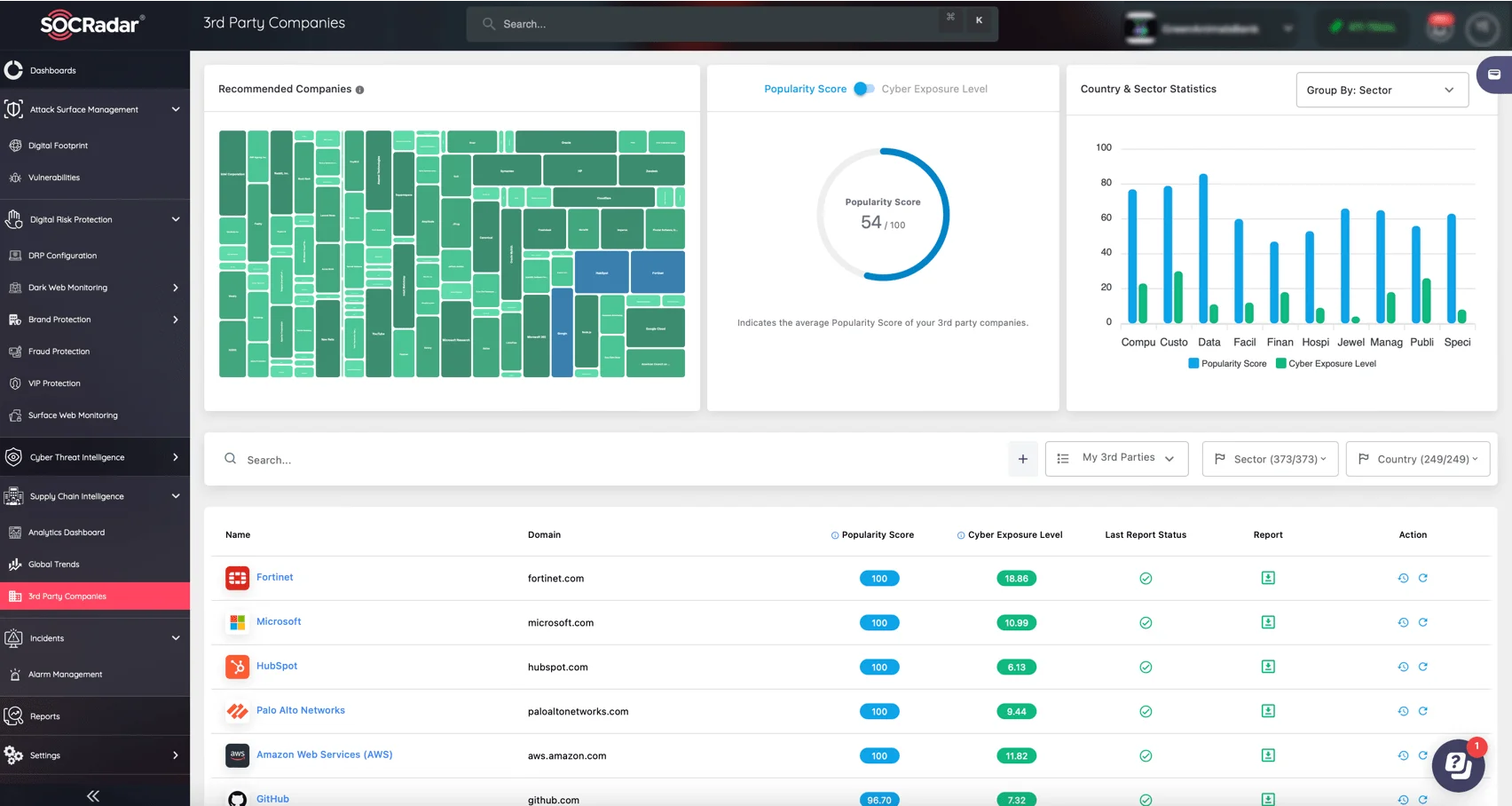
Monitor the exposure of your third-parties with SOCRadar’s Supply Chain Monitoring
By monitoring suppliers and partners for suspicious actions, SOCRadar’s Supply Chain Intelligence equips organizations to strengthen their resilience against supply chain compromises and minimize the risks associated with trojanized software or unauthorized access.
Global Cybersecurity Forecasts for 2025
In the coming year, the global cybersecurity landscape is set to face significant challenges driven by advanced technologies, new malware tactics, and intensified state-sponsored actions. Here, we summarize the key global trends to watch for in 2025:
- Ransomware Reinvented: Multifaceted Extortion for Maximum Impact
Ransomware isn’t just locking data anymore; it’s evolving into double-extortion schemes that threaten sensitive industries like healthcare with both encryption and public data exposure. As Ransomware-as-a-Service (RaaS) expands, proactive intelligence is essential to stay ahead of these threats.
- Speeding Up Exploits: Shrinking the Window for Vulnerability Defense
With time to exploit a flaw now at just 5 days, per Google’s October 2024 analysis, attackers are moving faster than ever to weaponize exploits. This trend calls for more agile and proactive vulnerability management strategies as attackers continue to shorten the exploitation window.
- Cryptocurrency and Web3 Under Fire
The expanding Web3 and cryptocurrency sectors offer high-value targets, particularly for North Korea actors leveraging social engineering and smart contract exploits. To counter these threats, firms need advanced monitoring and layered defenses.
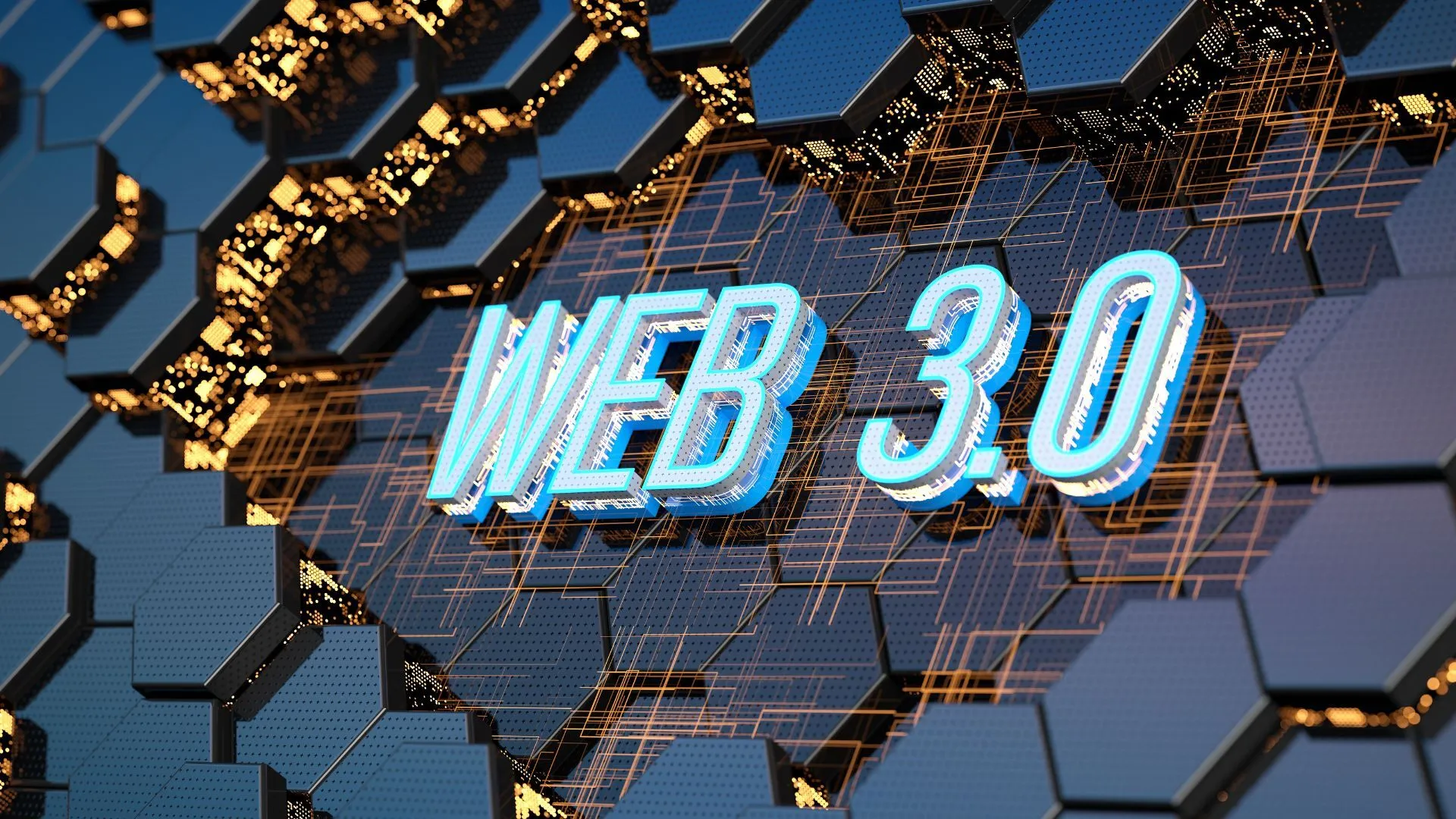
Attackers are exploiting vulnerabilities in smart contracts to target Web3 sectors.
- Advanced Data Theft Tactics: Infostealer Evolution and Identity Risks in Hybrid Environments
As infostealer malware evolves with sophisticated evasion techniques, organizations face mounting challenges in detecting and mitigating these threats. Cybercriminals increasingly exploit stolen credentials to infiltrate systems, taking advantage of weaknesses in multi-cloud and hybrid environments as well.
In 2025, as identity-related risks grow, securing these environments will require a strong focus on Multi-Factor Authentication (MFA) and device verification to counteract the rising threat of compromised identities.
Read our recent blog post to learn how infostealer malware threatens identity security – Identity is the New Perimeter: An Infostealer Perspective
- Strengthening Cloud Security: Advanced Solutions and Regulatory Pressures
As cloud-native environments expand, Security Operations Centers (SOCs) are increasingly turning to scalable solutions like SIEM and SOAR for effective incident management. These tools enhance automation and real-time response capabilities, essential for managing the complex demands of cloud security. At the same time, regulatory oversight on hyperscale cloud providers is intensifying, particularly as critical sectors migrate to these platforms. To support vital infrastructure, providers are facing heightened compliance expectations.
As ransomware tactics grow more complex and identity-related risks increase, organizations face significant challenges in protecting sensitive data. These evolving threats, combined with the rapid pace at which attackers exploit vulnerabilities, demand proactive measures and real-time intelligence to effectively stay ahead.
SOCRadar’s Threat Actor Intelligence (under the Cyber Threat Intelligence module) equips you with essential insights into threat actors’ Tactics, Techniques, and Procedures (TTPs), including detailed information on ransomware and advanced identity attacks. By analyzing the evolving strategies of ransomware groups and infostealer campaigns, your organization can better prepare and defend.
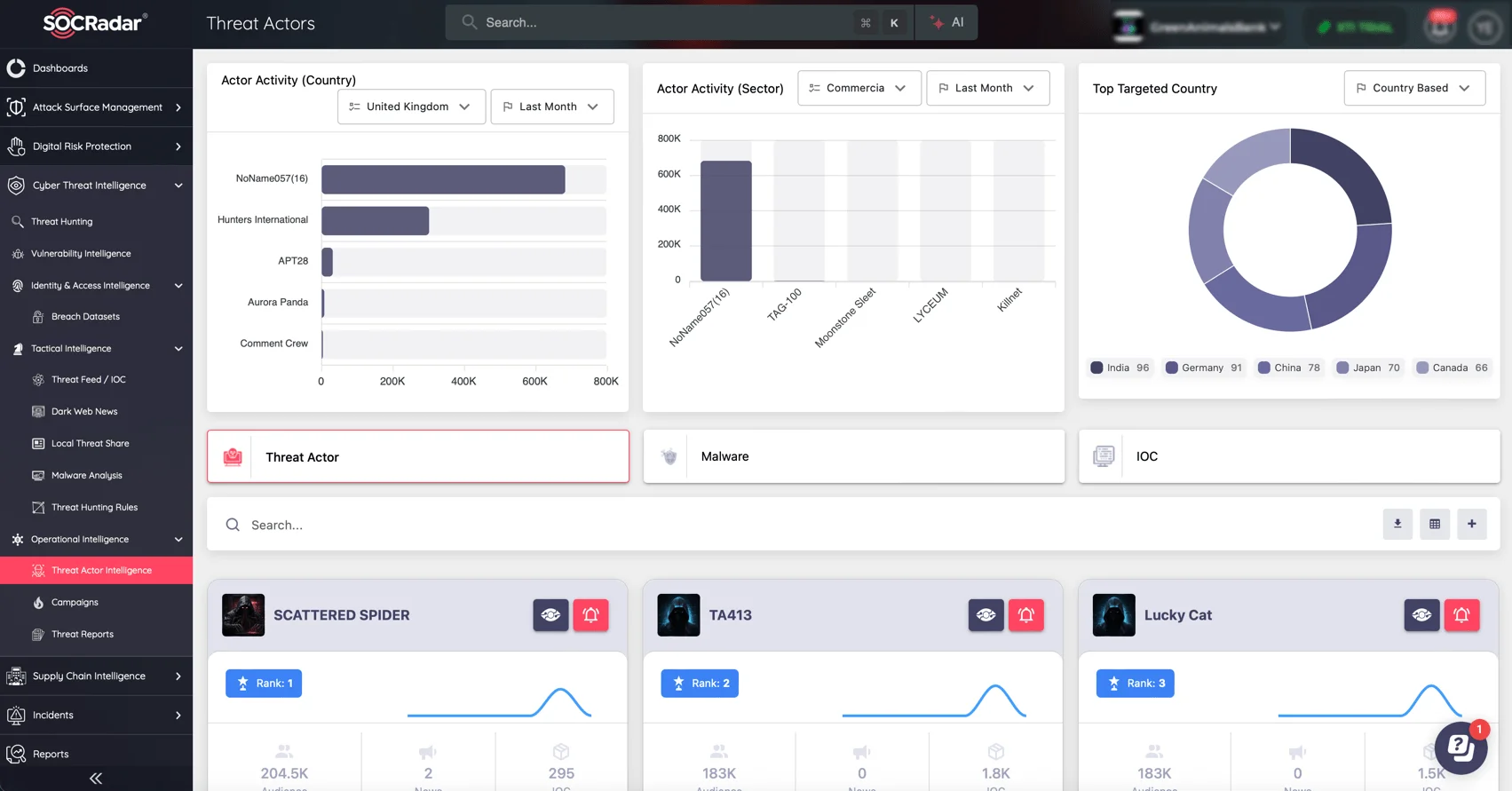
SOCRadar Threat Actor Intelligence: Threat actor and malware profiles, IOCs, and more
The Threat Hunting module further supports security teams by allowing them to track whether your information has surfaced on Dark Web forums or other hacker platforms. This module also provides access to extensive stealer logs on hacker grounds, empowering teams to strengthen their threat-hunting practices and stay one step ahead of potential attacks.
Regional Cybersecurity Trends for 2025: EMEA and JAPAC
The Cybersecurity Forecast 2025 report also delves into region-specific cybersecurity trends for EMEA and JAPAC, highlighting the influences of compliance mandates, geopolitical conflicts, and advanced cybercrime tactics on these regions.
For EMEA, the report points to rising compliance demands like NIS2, the impact of ongoing conflicts, and an intensified focus on cloud security. In JAPAC, key concerns include North Korean cyber threats on cryptocurrency platforms, pro-Beijing narratives spread via fake news sites, and sophisticated cybercrime activities in Southeast Asia.
With cyber risks accelerating worldwide, organizations must maintain vigilance across Dark Web channels where chatter of threats often emerge early. Monitoring for exposed data and emerging cyber tactics on the Dark Web provides a critical advantage, helping organizations protect their assets and anticipate threats before they escalate.
SOCRadar’s Dark Web Monitoring module enables real-time tracking of sensitive information and threat actor activities, offering alerts when risks relevant to your organization appear online.
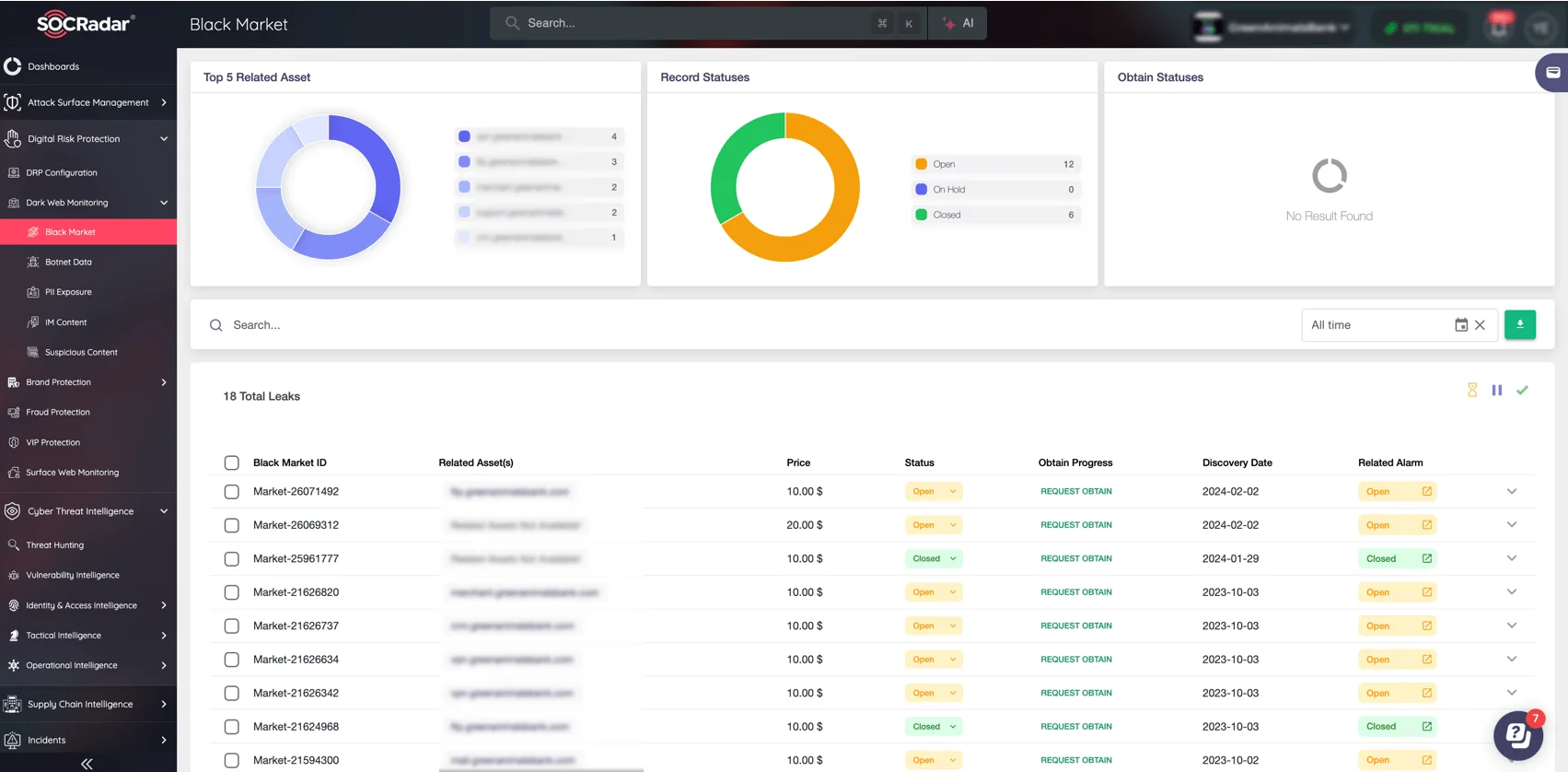
Track Black Market, Botnet Data, PII Exposure, and more via SOCRadar’s Dark Web Monitoring
For a broader perspective, SOCRadar LABS provides free instant Country Threat Landscape reports, giving you valuable insights into region-specific threats and trends.
Conclusion – Preparing for the Future
The Cybersecurity Forecast 2025 report provides a comprehensive look at the evolving cyber threat landscape and the strategies organizations should consider to address these changes.
From the expanding role of AI in cybercrime to global and region-specific threats, the report highlights areas where organizations must focus their defenses. Embracing proactive measures like threat intelligence and vulnerability management will be critical for defense.
By incorporating insights from the report, which you can access here, organizations can begin to strengthen their security frameworks for 2025. Leveraging SOCRadar’s suite of tools—such as Dark Web Monitoring, Threat Actor Intelligence, and Supply Chain Intelligence—can further support your security team in identifying risks early, tracking threat actor activity, and protecting valuable assets from future cyber threats.






























